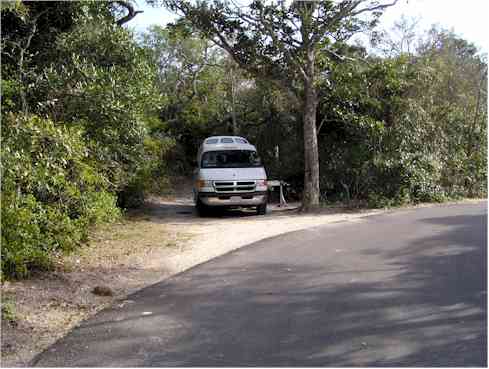
Saint Augustine, Florida

This was our campsite in Anastasia State Park, which is just outside the city limits of St Augustine. The park is beautiful and worth a visit for its own sake.
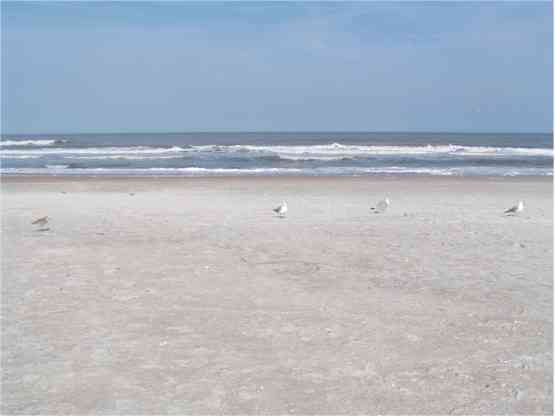
The park is on the Atlantic coast. There is a nice beach within walking distance of the campground. Unfortunately, in February the water temperature is about 69 degrees.
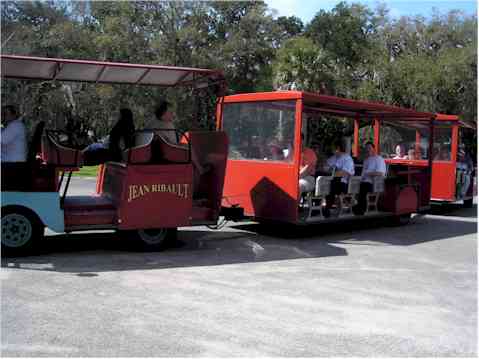
The best way to see St Augustine is to take the tram tour. You can get off and back on as many times as you like for three days for the price of one ticket, $15. The historical part of the city has narrow winding streets with an acute shortage of parking. The tram stops at all of the attractions worth seeing and runs every 15 minutes.
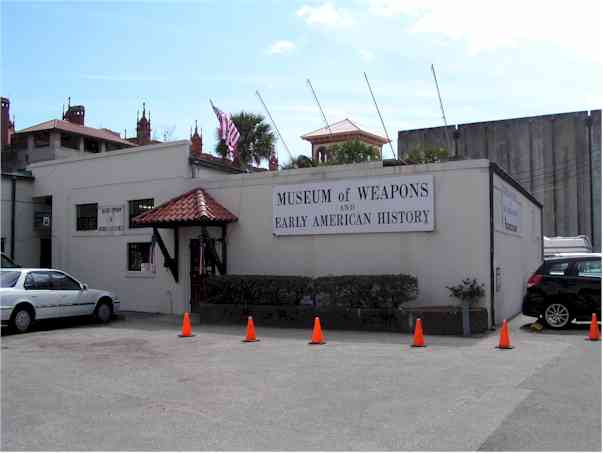
The outside of the building is not very impressive but the inside certainly is. It contains a display of weapons dating from 1500 to 1900 including several rare presentation pieces. This is a good place to start your tour since there is a large, free parking lot and you can buy the tram tickets just next door.
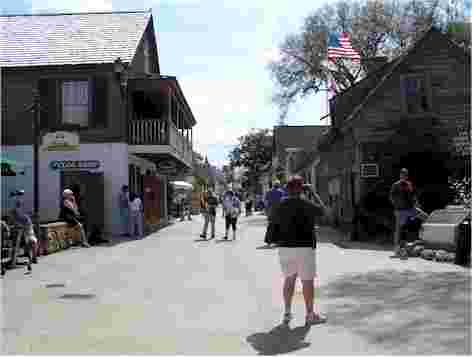
This is St George Street, billed as the most famous street in the city. It may be although I had never heard of it before. It is a tourist trap but a somewhat interesting one.
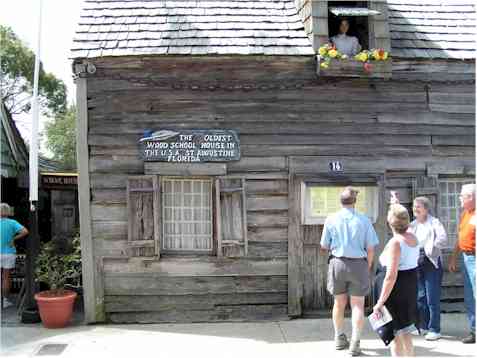
This is billed as the oldest wooden schoolhouse in the US. There is nothing to see but the outside. There is a gift shop next door that has some interesting trivia concerning schooling in general.
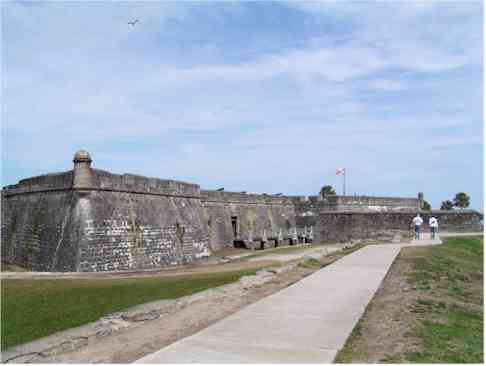
This is the Castillo de San Marcos built by Spain around 1650 to protect their interests in the New World. The British tried twice to take the fort; in 1702 and in 1740. They suffered heavy losses in both attempts without ever seriously threatening the fort. It is very interesting and remarkably well preserved.
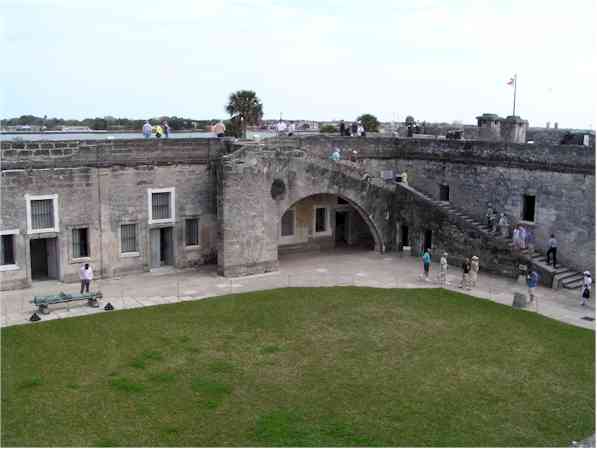
There are well run guided tours available or you can just look through the different rooms on your own. The displays are well marked and explained.
An interesting historical note is that the fort changed owners several times by treaty but never by force of arms

There are a number of cannon displayed throughout the fort but I suspect that not all of them were part of the original armament. This one is of the right period and is Spanish made but it is only a 6-pounder. It wouldn't range to the far side of the bay the fort is protecting. On this particular cannon there is a small tag providing another clue. The plate says that this particular gun was captured by US forces in the Mexican War in 1847.
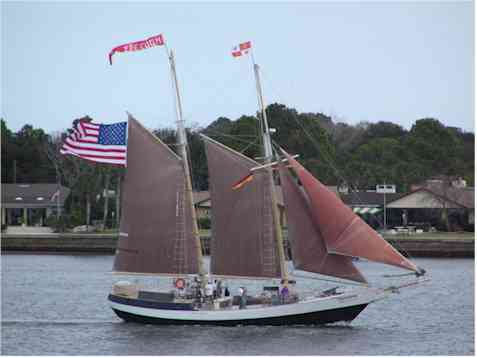
This is a 70-foot schooner that offers tours around the harbor. We didn't take the tour but I couldn't resist including a picture of this beautiful ship.
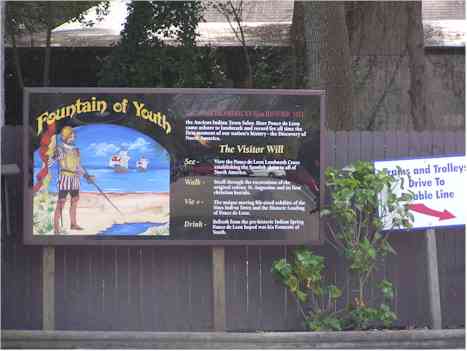
The Fountain of Youth exhibit is not particularly interesting but you should see it anyway. To visit Florida and not drink from the Fountain of Youth would be like going to Ireland and not kissing the Blarney Stone. Both Marilee and I drank from the Fountain but I don't think it will have much effect. She, of course, doesn't need it and I am a hopeless case.
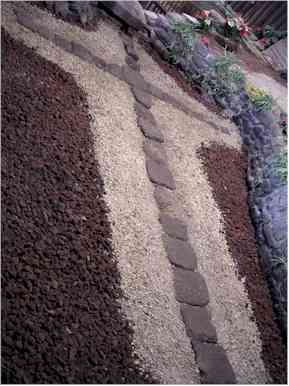
One part of the exhibit that was of interest to me was the original claim marker where Ponce de Leon claimed the North American continent for the King of Spain. The marker consists of 18 stones in one arm and 13 stones in the other to indicate the year 1813. They also say they found the original parchment claim paper but they were not displaying that.

This is a street near the Fountain of Youth exhibit. These are Live Oak trees whose branches have formed a canopy over the entire street.
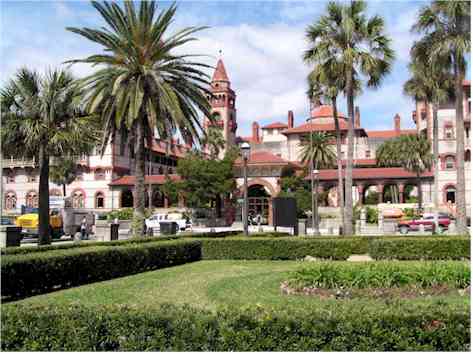
This is Flagler College. It was originally built by Henry Flagler around 1900 as a hotel. It covers four city blocks. When it first opened, the rooms rented for $10 and suites for $75. The hotel was only open for three months each year starting in October. If you rented a room, you had to rent the room for the entire season. As you can see, it was not intended for the casual tourist.